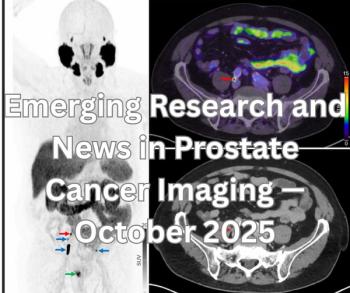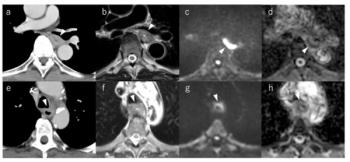
MR images obtained during systole freeze coronaries
One drawback of cardiac MRI is the creation of motion artifacts from the beating heart and patient breathing. Researchers in Japan have found that these artifacts can be reduced when images are collected during systole rather than diastole.
One drawback of cardiac MRI is the creation of motion artifacts from the beating heart and patient breathing. Researchers in Japan have found that these artifacts can be reduced when images are collected during systole rather than diastole.
Dr. Hajime Sakuma and colleagues at Mie University Hospital and Matsusaka Central Hospital evaluated patients to determine whether better images could be obtained during systole for some people, based on their heart rates and other factors. The study appears in the Nov. 21 edition of the Journal of the American College of Cardiology.
"Suppression of motion blurring is critically important to obtain diagnostic coronary MR angiography," said Sakuma, a professor of medicine and vice chair of Mie University Hospital. "In previous studies, image data were acquired during mid-diastole, as the heart rested. However, we found the optimal timing of data acquisition varies in each patient."
For the study, researchers used whole-heart MRI to evaluate 131 patients suspected of having coronary artery stenosis. In 48 patients, especially those with faster heart rates, the optimal time to collect data occurred while the heart was contracting rather than resting. Overall, usable images were collected in 113 patients, or 86% of the study participants.
"This customized approach substantially reduced motion blurring of the coronary artery and improved the detection of coronary arterial stenoses compared with previous studies," Sakuma said.
The research team also analyzed the accuracy of the resulting coronary MRI diagnoses when compared with traditional coronary catheter angiography. Sakuma and his colleagues found that for coronary arteries of at least 2 mm in diameter, whole-heart coronary MRI resulted in an accurate diagnosis of significant narrowing (greater than 50%) of the blood vessels in 87% of patients.
When researchers studied isolated segments of arteries, their ability to accurately diagnose significant disease using whole-heart MRI increased to 94%. The researchers concluded that whole-heart MRI was able to detect significant narrowing of the arteries with moderate sensitivity and high specificity, in 82% and 90% of study participants, respectively.
"While more research and refinement are needed before coronary MR angiography is ready for widespread clinical use, the technology is ideally suited for screening coronary artery disease and is worth the effort for further development," Sakuma said. "
In an editorial accompanying the study, Dr. Warren J. Manning, section chief of noninvasive cardiac imaging at Beth Israel Deaconess Medical Center in Boston, said that cardiac MRI provides a comprehensive assessment of the heart, allowing a look at the beating heart, valve function, and areas of prior heart attack to determine whether these areas still have viable tissue.
For more information from the Diagnostic Imaging archives:
Newsletter
Stay at the forefront of radiology with the Diagnostic Imaging newsletter, delivering the latest news, clinical insights, and imaging advancements for today’s radiologists.






























